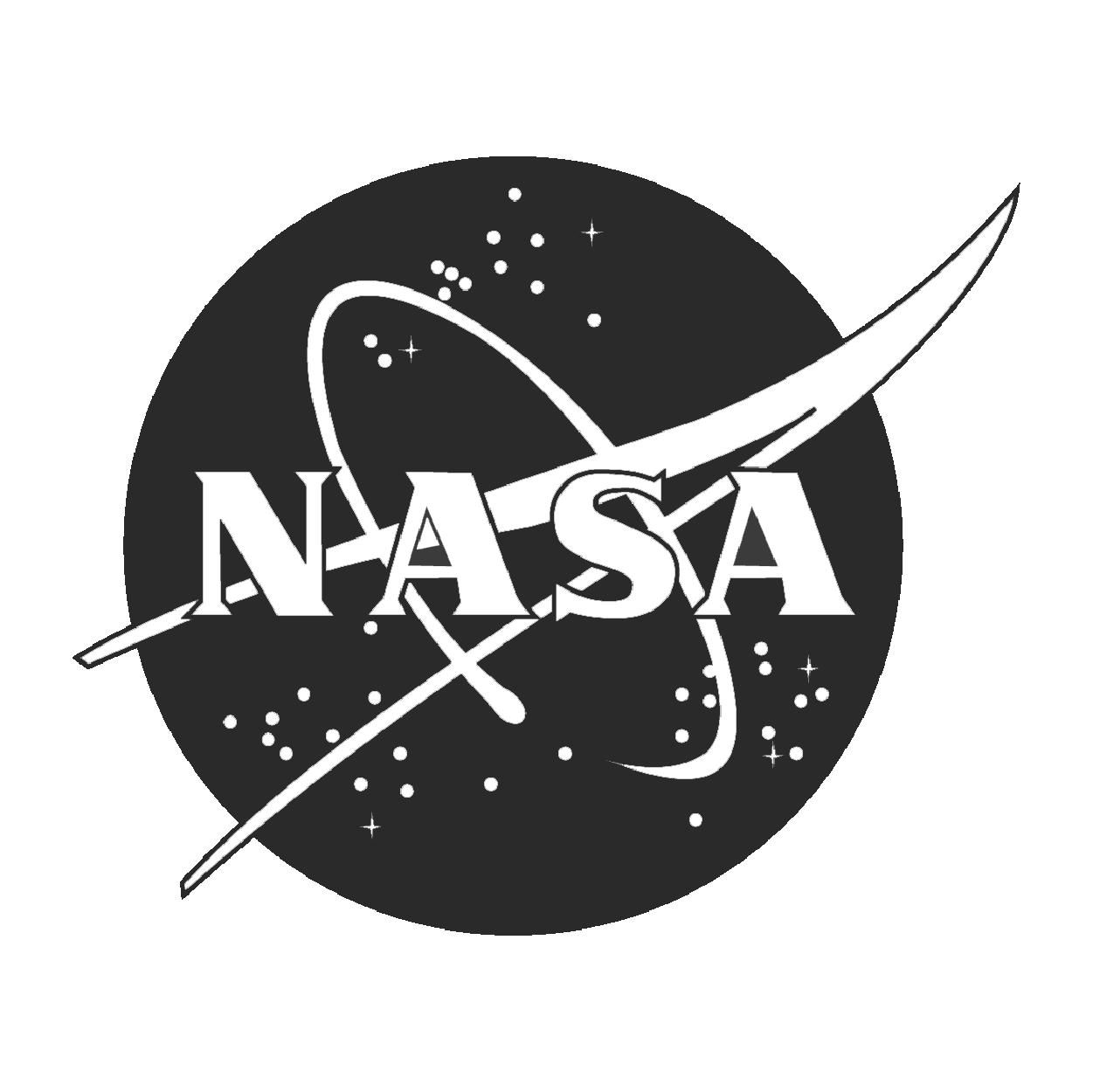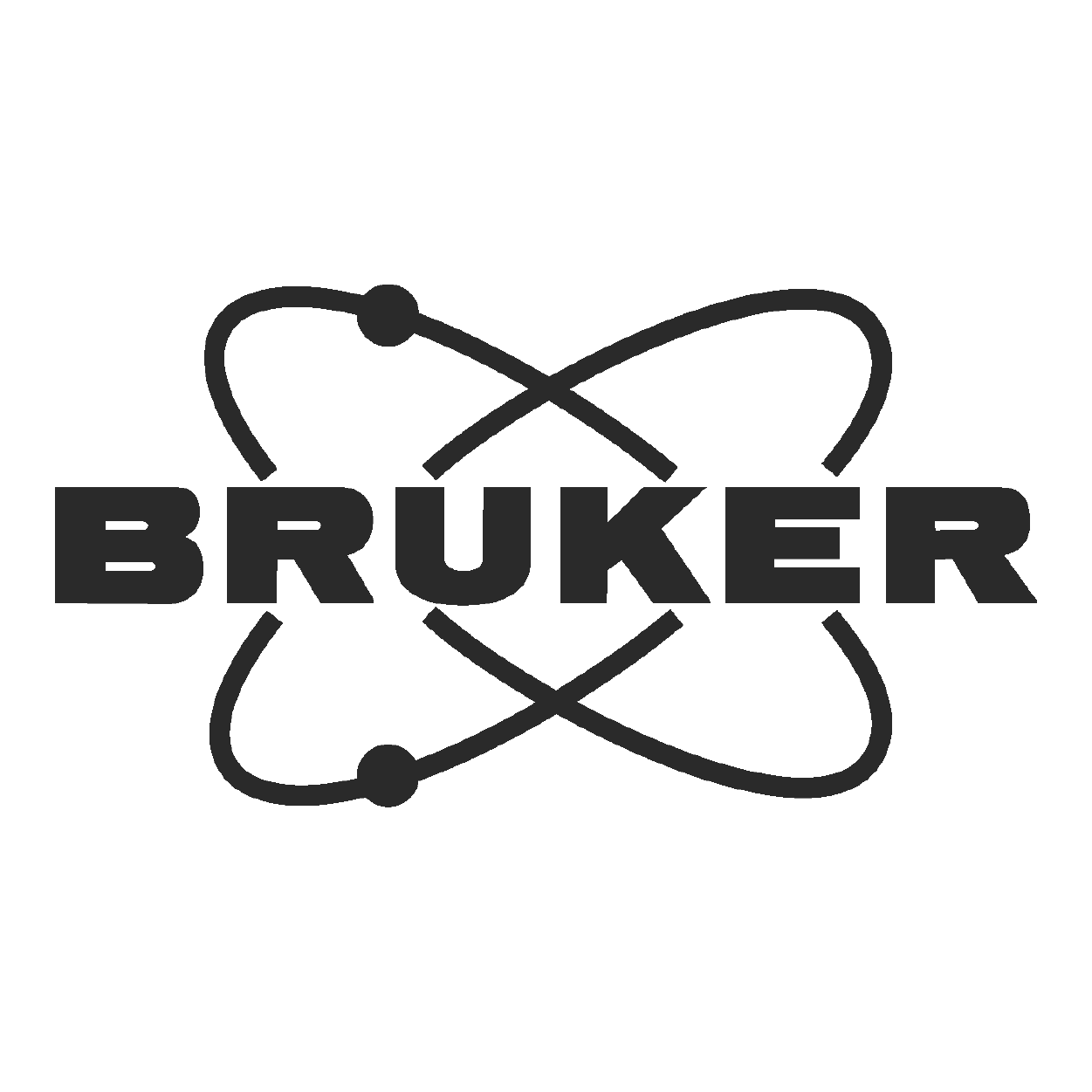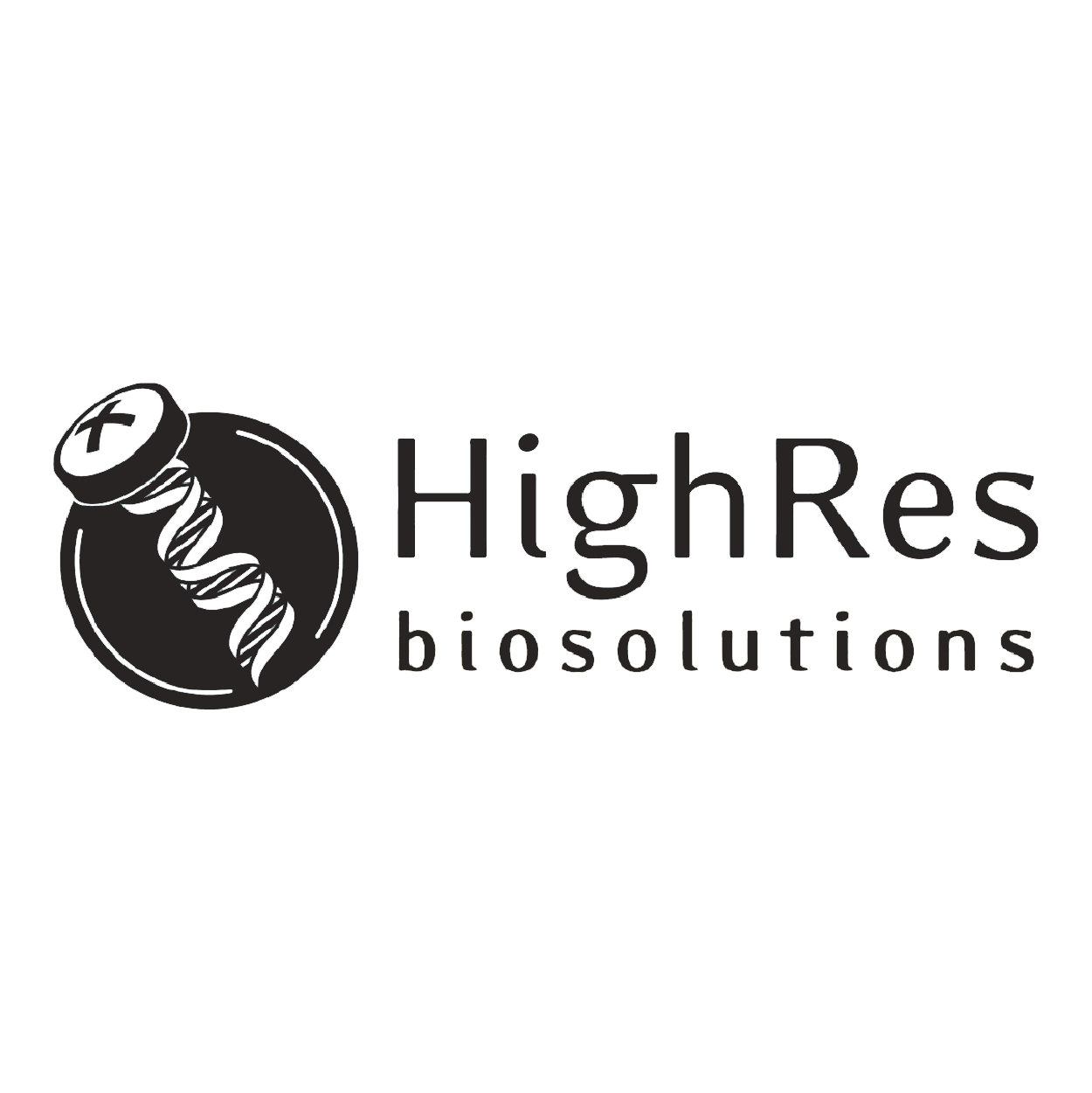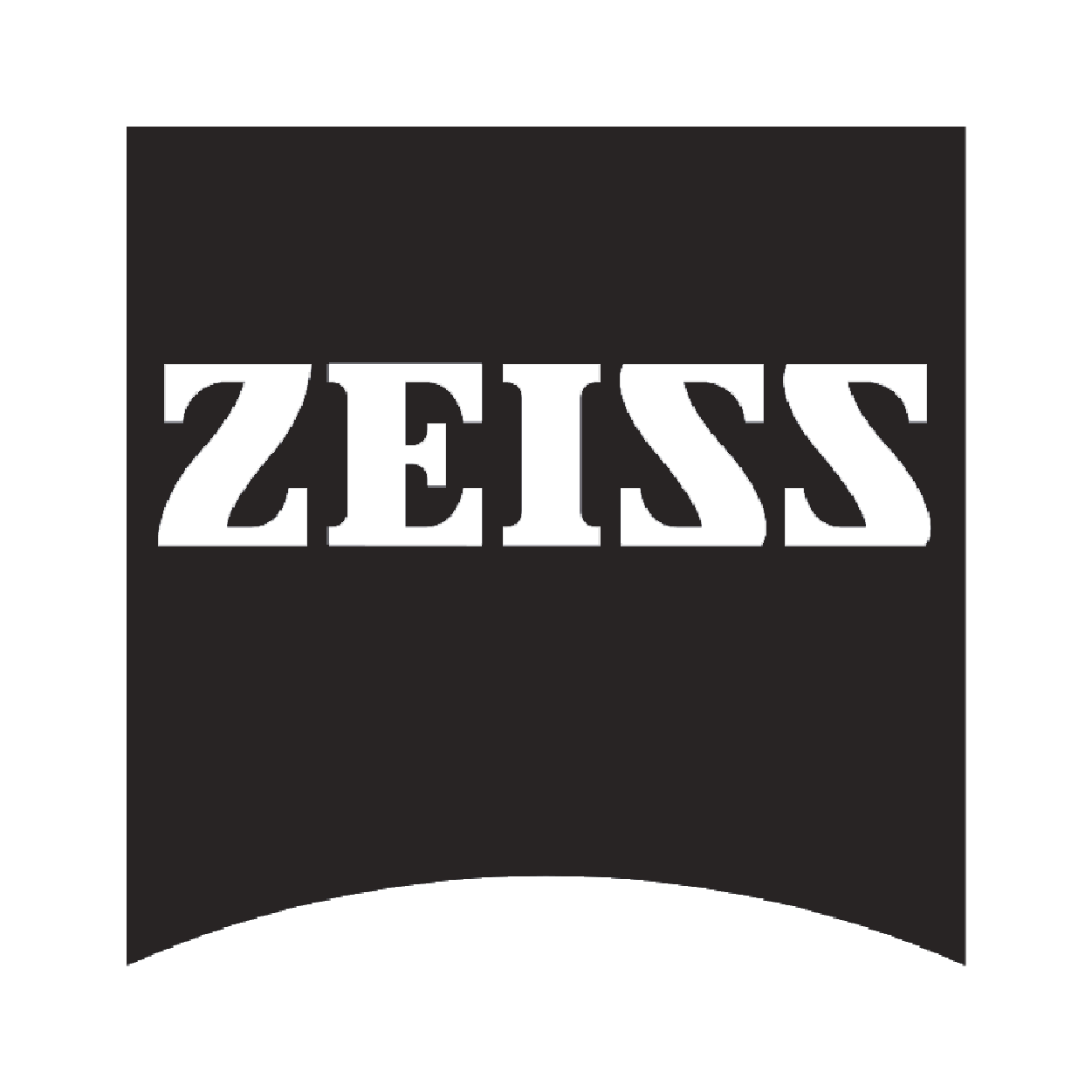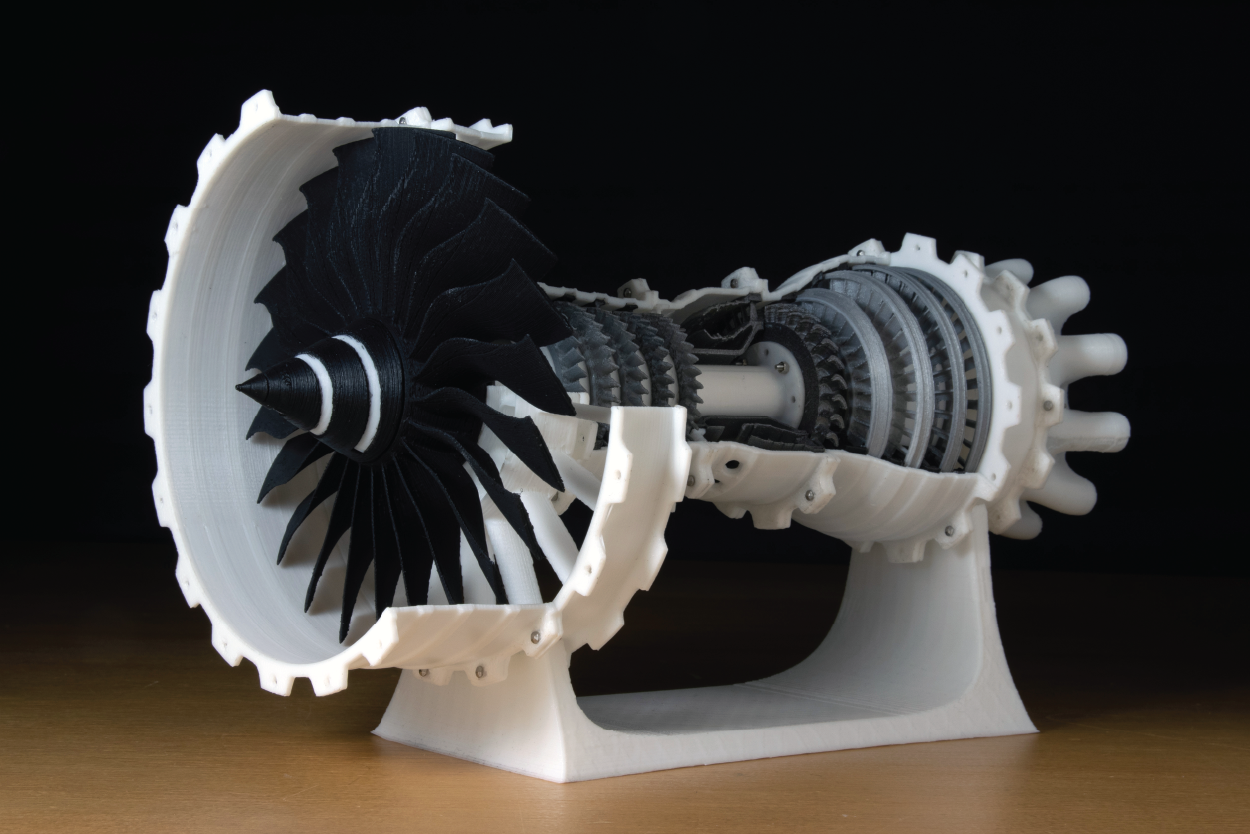
The landscape of 3D printing is rapidly evolving, with new technologies continually emerging to address modern manufacturing challenges. This rapid evolution is not just a trend but a sign of the exciting future possibilities in the field. For instance, Selective Laser Sintering (SLS) is renowned for its precision, while Material Jetting offers unparalleled flexibility.
This overview will look at essential technologies shaping the future of 3D printing. These include Multi-Jet Fusion (MJF), Stereolithography (SLA), Digital Light Processing (DLP), Hybrid Photosynthesis (HPS), and Fused Filament Fabrication (FFF).
We will cover their features, applications, innovations, and how they are changing design, prototyping, and production.
The Impact of 3D Printing Technologies on Manufacturing
The rapid evolution of 3D printing technology is not just a trend but a transformative force set to reshape the manufacturing industry. As 3D printing becomes more accessible and cost-effective, it unlocks new possibilities for companies to rethink their production and supply chain strategies.
3D printing technology enables the rapid fabrication of custom parts, enhancing production flexibility. This agility can help businesses reduce lead times and minimize waste, creating a more sustainable manufacturing process. These benefits of 3D printing technology are not just advantages but reasons to be optimistic about the future of manufacturing.
Additionally, combining 3D printing with technologies like the Internet of Things (IoT) and artificial intelligence (AI) will create new opportunities for improvement and innovation throughout manufacturing.
At Prototek Digital Manufacturing, we look forward to leveraging 3D printing, helping our clients stay competitive, and shaping the industry’s future.
A Quick Look at Our In-House 3D Printing Technologies
Prototek Digital Manufacturing provides a range of 3D printing services. We can create high-quality parts and prototypes tailored to your specifications.
Selective Laser sintering
Selective laser sintering (SLS) is a method of making objects by layering materials. It uses a laser to melt powdered materials, mostly thermoplastics like nylon, into solid shapes.
In SLS, a recoater pushes a layer of powder to cover the build platform. The laser then melts the powder according to the 3D design. After completing one layer, the platform lowers. Then, the recoater adds a new layer of powder. These steps repeat until the final object is complete.
SLS is popular because it can create complex shapes and functional parts. Industries such as aerospace, automotive, and medical device manufacturing use this technology.
Multi-Jet Fusion
HP created Multi-Jet Fusion (MJF), a 3D printing technology that uses multiple jets to apply a binding agent to layers of powdered material, usually nylon.
After applying the binding agent, heat fuses the powder particles and forms a solid layer with high precision. This process repeats quickly to build complex shapes and detailed designs.
MJF produces functional prototypes and final parts with strong mechanical properties. These properties help create high-quality products suitable for many industrial uses.
Stereolithography (SLA) & Stereolithography QuickCast®
Stereolithography (SLA) is an essential 3D printing technology that began in the 1980s. An intense ultraviolet (UV) laser turns liquid resin into solid shapes. The process works by directing the laser at specific points in a vat of resin and curing it layer by layer.
This step-by-step method creates detailed and smooth models, making SLA ideal for projects requiring intricate designs. As the build platform lowers, each new layer adheres to the one below it to form a complete 3D object.
Due to its precision and ability to create complex shapes, SLA is popular in automotive, aerospace, and healthcare.
Prototek also has Stereolithography Quickcast® available, which uses the same process and focuses on making investment casting patterns.
Digital Light Processing (DLP)
Digital Light Processing (DLP) is a 3D printing technology similar to Stereolithography (SLA). However, it uses a digital light projector to harden the resin. Instead of building objects layer by layer, DLP cures entire layers simultaneously, making the printing process fast.
DLP projects a high-resolution image of each layer onto the resin surface. The light from the projector causes the resin to harden into the desired shape. Because it combines speed and accuracy, DLP is popular in industries such as healthcare and sporting goods.
Hybrid PhotoSynthesis (HPS)
Hybrid Photosynthesis (HPS) is an advanced 3D printing method that combines two techniques: digital light processing (DLP) and stereolithography (SLA). DLP uses a light projector to harden the resin, while SLA uses a laser for the same purpose.
HPS combines these techniques to create detailed 3D models, making them useful in healthcare, automotive, and aerospace. In healthcare, it produces anatomical models for planning surgeries. With automotive, it helps create prototypes. In aerospace, it assists in developing complex aircraft parts.
Overall, HPS changes how we do 3D printing by producing high-quality, precise, and intricate results.
Fused Filament Fabrication
Fused Filament Fabrication (FFF), also known as Fused Deposition Modeling (FDM), is a standard method for 3D printing.
The process starts with a heated plastic filament fed into a nozzle. The nozzle melts the filament at a specific temperature and extrudes it in a controlled manner. As the nozzle moves, it deposits the melted material layer by layer onto a platform, building the object from the bottom up. After finishing one layer, the platform lowers slightly so the nozzle can add the next layer. This step continues until the entire object is complete.
FFF/FDM is popular because it can create complex shapes and detailed designs that are difficult to achieve with traditional methods. This technology works with various plastics, such as PLA, ABS, and PETG, each suitable for different uses.
Material Jetting
Material Jetting is a modern 3D printing method that carefully sprays tiny droplets of material, usually liquid plastic, onto a flat surface to build objects layer by layer. This process allows for the creation of detailed shapes and designs. Each droplet is placed according to digital plans and then hardened with ultraviolet (UV) light. The UV light makes the liquid plastic solid, bonding each layer together.
This technique produces smooth surfaces and complex features. It is well-suited for precise tasks in many industries, such as creating prototypes, models, and even finished parts.
Are you ready to start your project?
FAQs
3D printing, or additive manufacturing, creates three-dimensional objects by building them layer by layer. This process allows for the production of complex and customized parts.
Selecting the right 3D printing technology for your manufacturing project requires evaluating factors such as part complexity, material requirements, production volume, and cost. Our experts can help you find the optimal solution.
At Prototek, we provide a range of 3D printing materials to suit your manufacturing needs. We can print with powdered resins, filament materials such as ABS and PLA, and unique materials like nylon, polycarbonate, and ceramic composites. We will work with you to choose the best material for your project.

